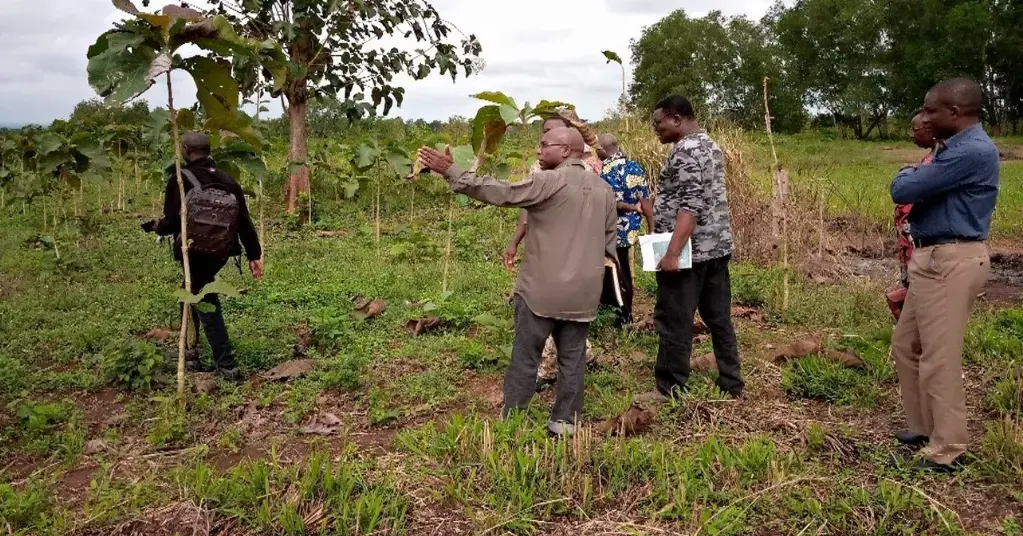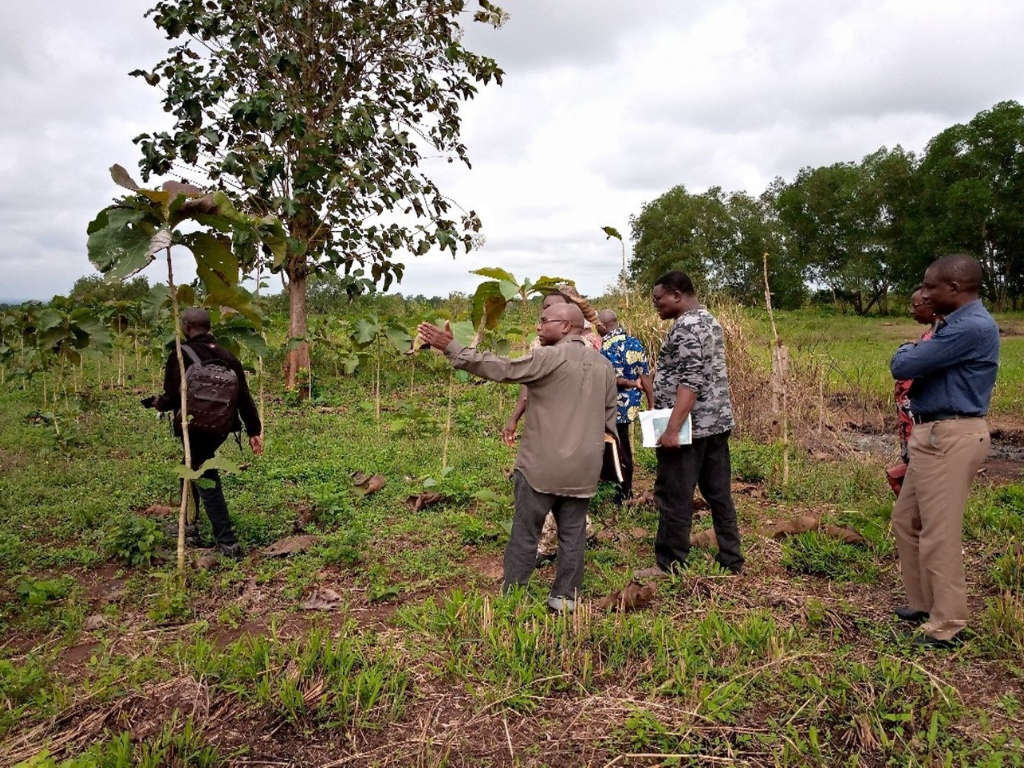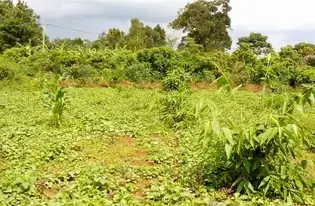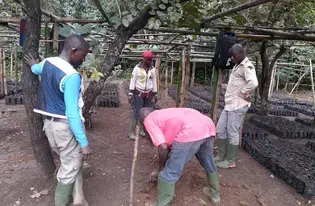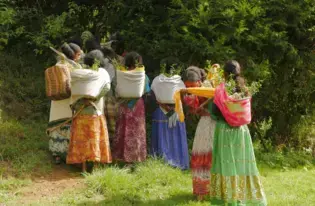Benin's sacred forests, protected out of respect for traditional religious beliefs, are maintained by local communities throughout the country. But many of these areas are now degraded due to overexploitation for the forest products that they provide, the expansion of agriculture, and urbanization.
By planting 130,000 trees and restoring 400 hectares,Cercle pour la Sauvegarde des Ressources Naturelles (CeSaReN-ONG) aims to build local capacity and work with traditional religious authorities in order to (i) reverse the degradation processes of sacred forests, (ii) improve the living conditions of local populations, and (iii) integrate 40 sacred forests in the national system of protected areas.
Fig. 1: Map of the project intervention area
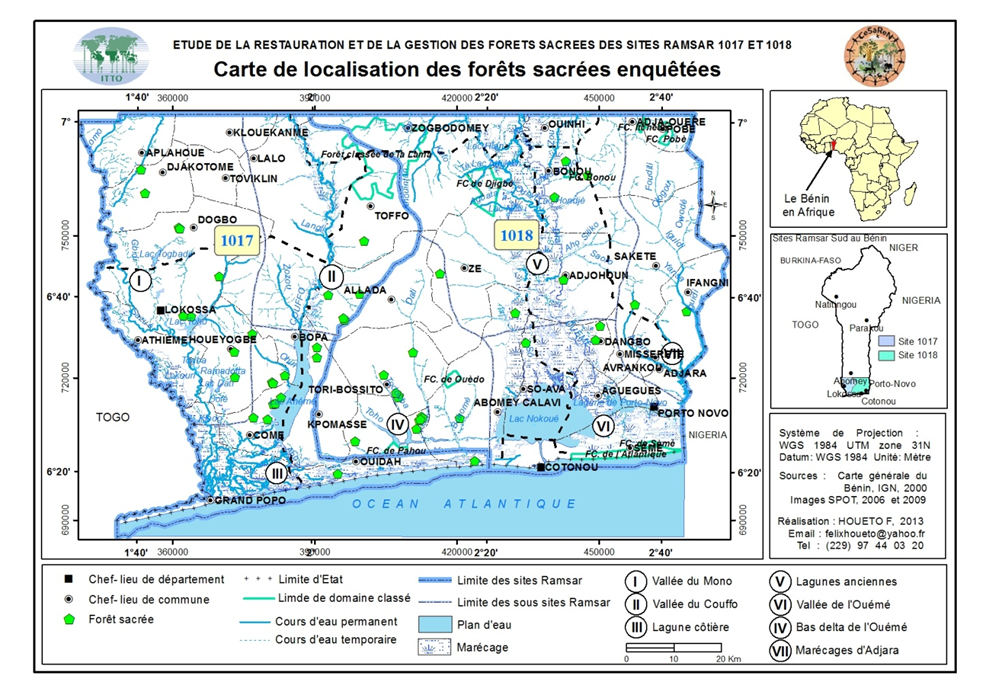
The advantages of this project are: (i) protecting forests by clearly demarcating boundairies and planting new trees, (ii) increasing the rate of reforestation , (iii) reducing pressure on sacred forests thanks to improved cultivation techniques and giving community members new gas stoves that use less wood, and (iv) improving the capacity of the managers of sacred forests.
The poverty rate within coastal communities, one of the drivers of exploitation and degradation of natural resources in the area, limits the sustainable management of these forests. As such, the project also aims to improve living conditions and reduce poverty. The main beneficiaries targeted by the project are (i) traditional authorities, (ii) local communities, (iii) the farmers bordering the sacred forests, and (iv) local authorities. In total, about 30,000 people will benefit.
An investment of US $ 85,000 is financing reforestation in the area: 86 farmers bordering the sacred forests have adopted Improved Production Systems on approximately 200 hectares of land and established 3 sustainable financing mechanisms for Income Generating Activities (IGA). Local communities can benefit from related activities, such as agroforestry, beekeeping, animal breeding, aquaculture, and non-timber forest product trading.
Planted trees also provide habitat for many rare animal species and help meet local wood fuel needs. Endangered species, such as the red-bellied monkey (Cercopithecus erythrogaster), have reappeared in some of these sacred forests.
How is the project tracking progress? A Project Steering Committee (CDP) is set up to ensure strategic management and evaluate the entire project. CeSaReN then draws up semi-annual reports, which are regularly submitted to stakeholders.
Due to limited project duration and insufficient financial resources, the results obtained above are still fragile and require improvement. The incomes of beneficiaries have not increased quickly enough and the sacred forests have not yet been integreated into the national system of protected areas. For this reason, a new project proposal must be developed to build on previous achievements and further contribute to the sustainability of sacred forests.
